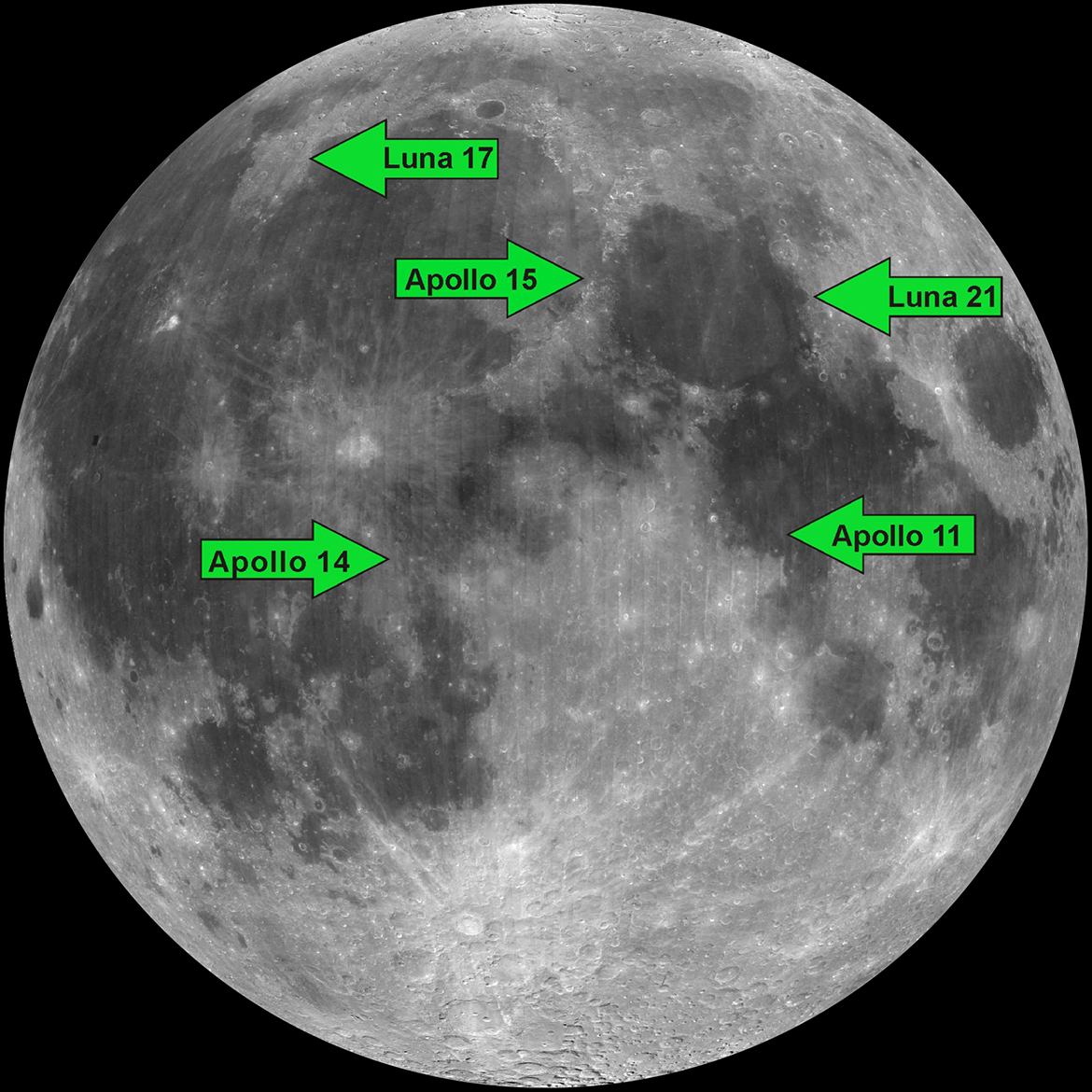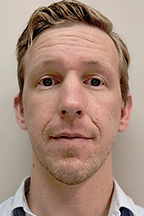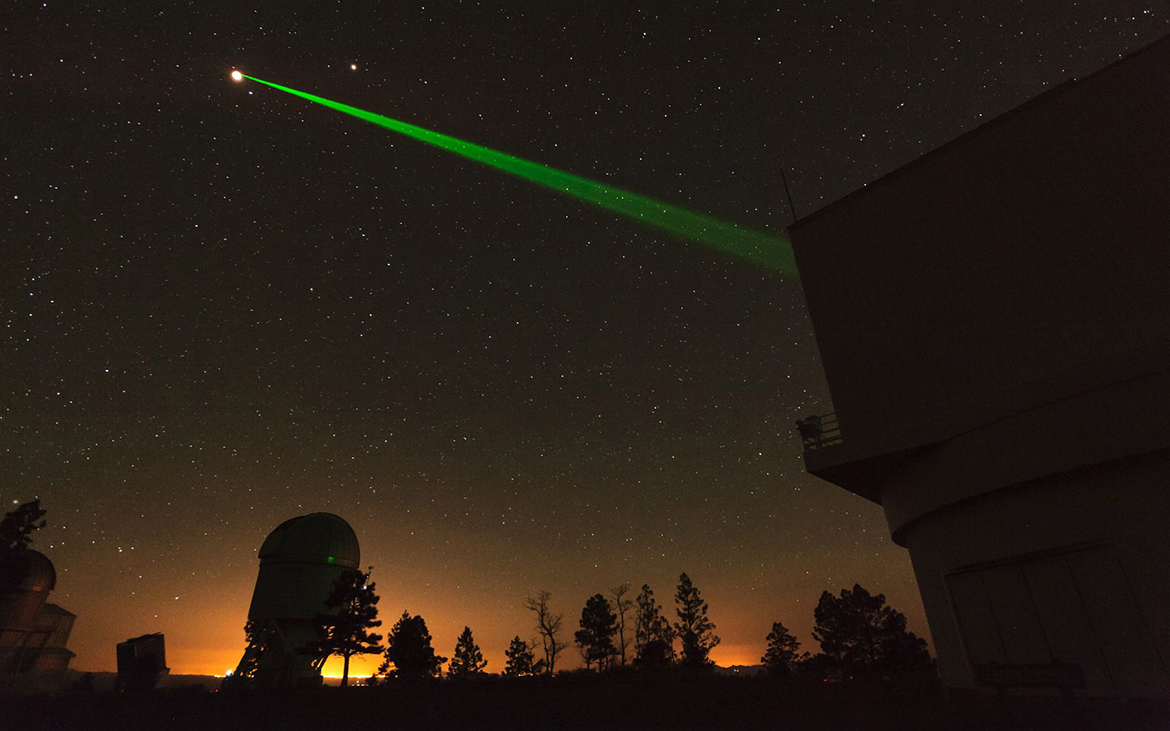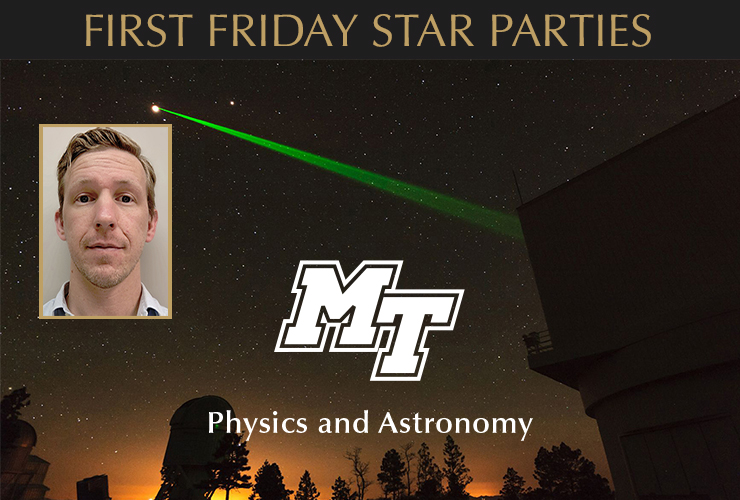MURFREESBORO, Tenn. — Middle Tennessee State University Physics and Astronomy lecturer Gregg McPherson will be featured in the next Star Party presentation that’s free and open to the public.
McPherson will present “Shoot the Moon (with a laser)” starting at 6:30 p.m. Friday, April 5, in Room 102 of Wiser-Patten Science Hall.

The format is a 30- to 45-minute lecture followed by a telescope viewing, weather permitting, at the nearby MTSU Observatory. Free parking can be found behind Wiser-Patten and other nearby lots.
McPherson said next year will mark the 20th anniversary of the Apache Point Observatory Lunar Laser-Ranging Operation, or APOLLO, experiment.

“Some of the most iconic imagery in movies and sci-fi is of laser beams shooting into the sky,” he said. “I got to intern at Apache Point Observatory in high school, and the first night I saw in real life a giant green laser shooting up into the sky to span the distance between the earth and moon I knew I wanted to pursue a career in science.”
Despite centuries of humanity using telescopes to collect and observe light from the moon, this curious experiment uses telescopes to focus and transmit pulsed laser light to the moon, then records the round-trip time of flight of pulses reflected back to Earth by retroreflectors left on the moon’s surface from five crewed lunar landings, McPherson said.

“Though other Lunar Laser-Ranging experiments preceded it, the APOLLO experiment can measure the 239,000-mile average distance to the moon with a precision of less than the thickness of a paperclip,” he added. “Scientists use this information to better test and understand ideas in general relativity, the shape of lunar orbit and even the rate at which the Earth’s rotation is changing.”
Typically held on the first Friday of the month during the semester, the Physics and Astronomy Friday Star Parties feature an assortment of interesting astronomy and physics topics from faculty members.
The remaining Friday Star Party for the spring semester:
• May 3 — Topic to be announced, presented by instructor Irina Perevalova.
For more information about Physics and Astronomy, one of 11 College of Basic and Applied Sciences departments, call 615-898-2130.
— Randy Weiler (Randy.Weiler@mtsu.edu)


COMMENTS ARE OFF THIS POST